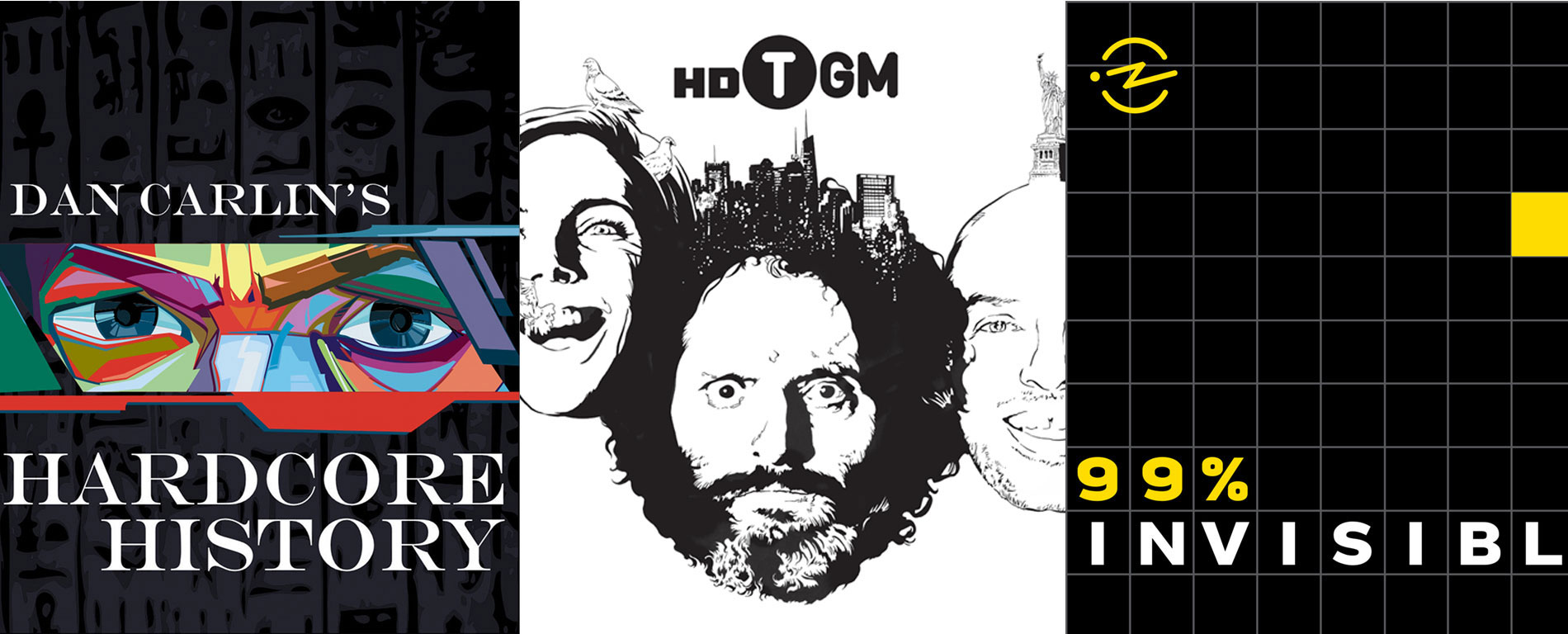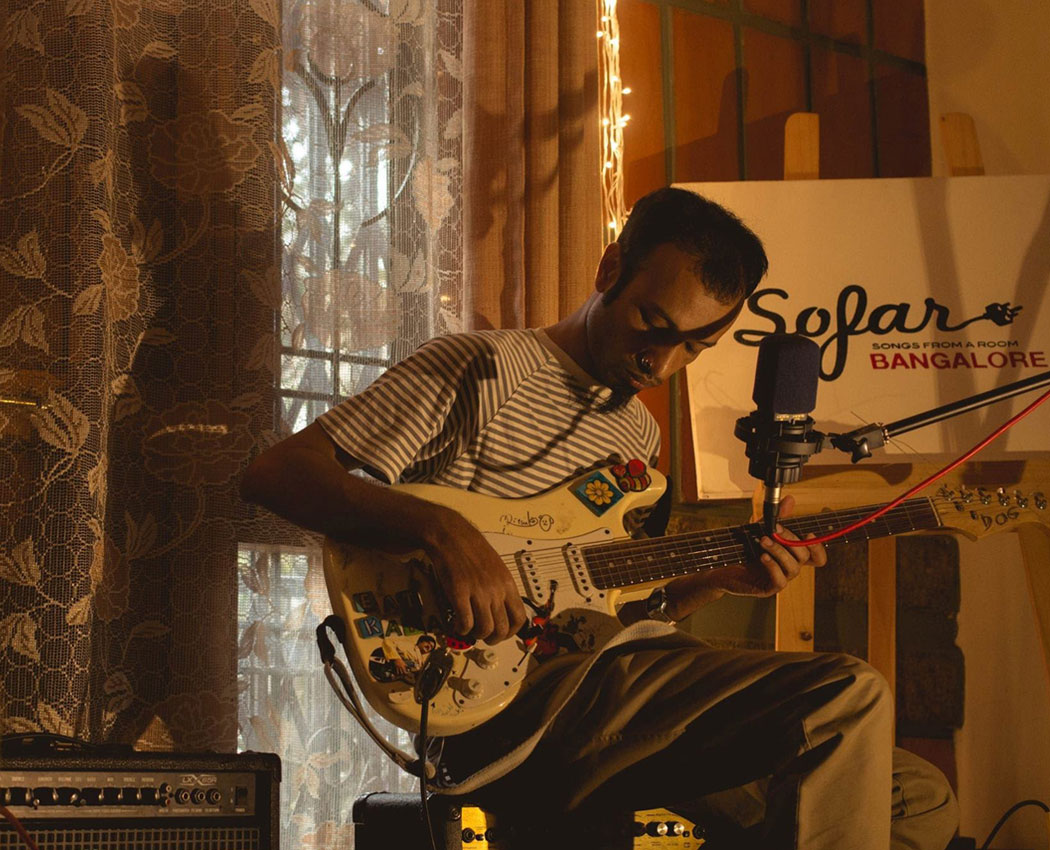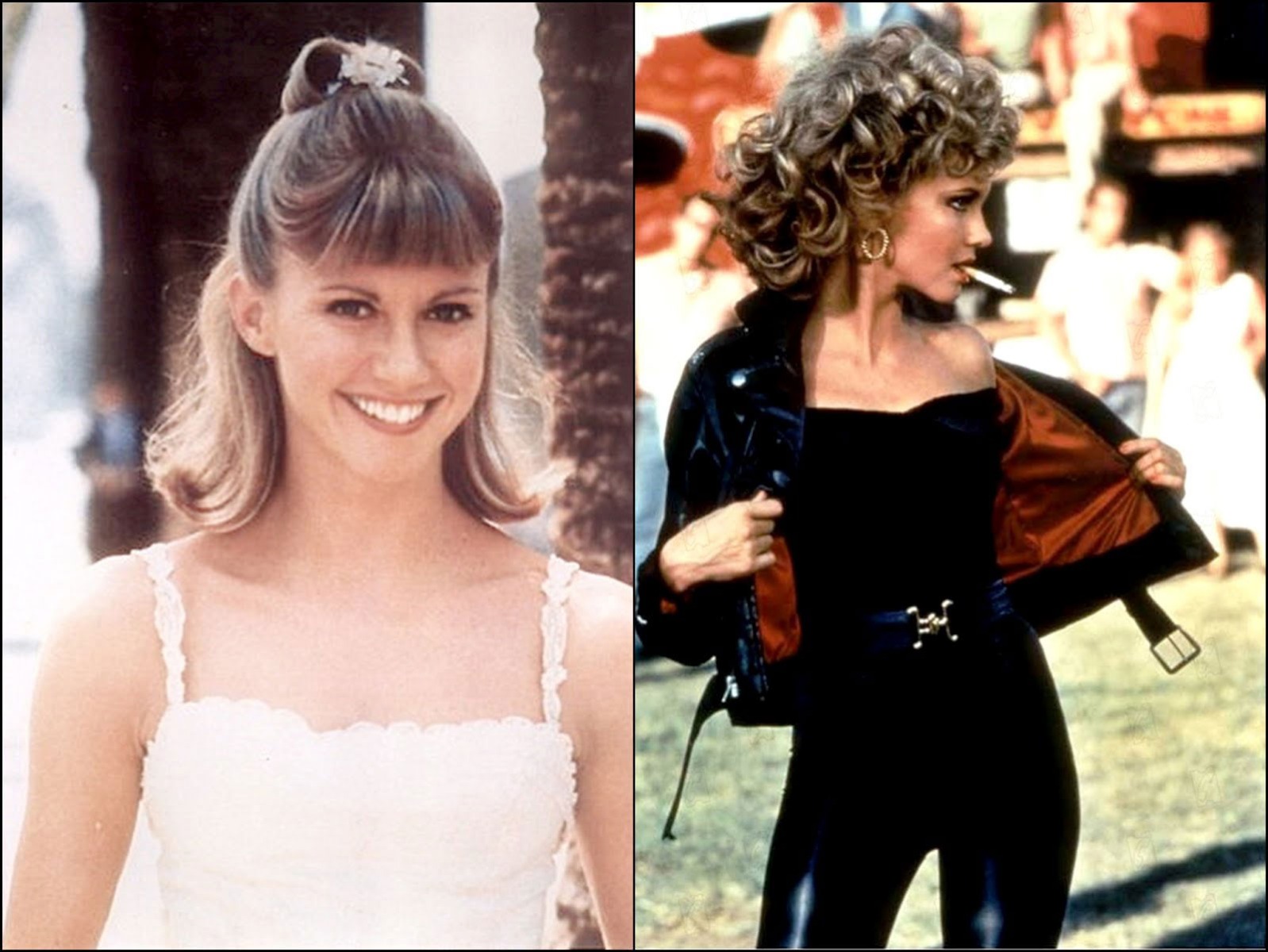
Gone are the days when “faith, trust, and pixie dust” could do the trick to get you what you want. Now, you need to throw in a little mascara, stilettos and a new personality too. That’s the message every makeover movie tries to sell us. And boy do we buy it! I mean, come on! Who doesn’t want to believe the whole ‘the pudgy little caterpillar turns into a gorgeous butterfly’ thing. It’s something that resonates deeply with a lot of us.
It sure did with me. I loved these movies growing up; my go-to for slumber parties and lazy days in.
But, as I grew older, the illusion began to shatter and the extravagant horse-drawn carriage transformed into a big ‘ol pumpkin. I realized that this silly trope didn’t even begin to cover the diversity among women. Despite that, the ‘makeover’ concept has been around for ages. From classic fairy tales like Cinderella to more recent movies like The Duff — it has influenced pop culture for centuries. No matter how the trope is adapted into different movies, there is a clear pattern to how it all goes down.
It starts off with the ugly duckling…
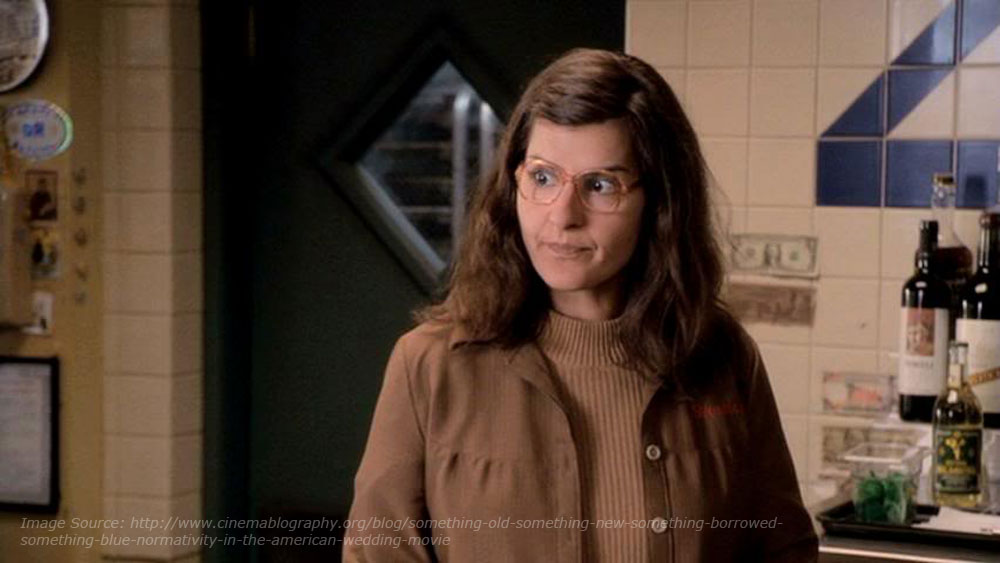
Toula in My Big Fat Greek Wedding
The protagonist of a makeover movie must be a total underdog. Preferably dorky, clumsy, and geeky — a walking, talking calamity who can’t move two steps without bumping into someone or something. In addition, she probably has nothing going right for her in her life — think Mia Thermopolis from The Princess Diaries. Pre-transformation Mia had every possible facet of being conventionally unattractive — frizzy hair, glasses, a gawky and lanky stance, and “questionable” sartorial choices. Though, this formula for creating the underdog isn’t set in stone — she could also be a total goody two-shoes like Sandy from Grease, or a ‘bad girl’ like Vivian from Pretty Woman. Either way, the idea is that she’s a girl who’s shunned for who she is.
With an unrequited crush.
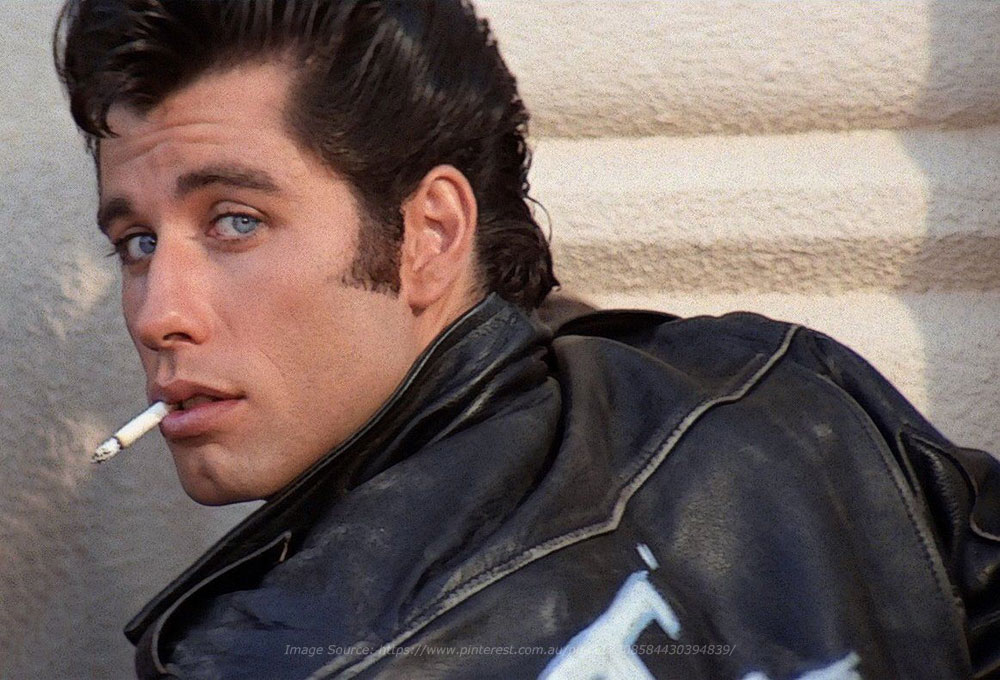
Danny Zuko from Grease
This girl must have an unattainable romantic interest. A guy who’s the pinnacle of conventionally good looks — a total Adonis. The wider the ‘attractiveness gap’ between the guy and the girl, the more entertaining the movie is (like Toula and Ian in The Big Fat Greek Wedding).
Who gets a wake-up call to shake things up
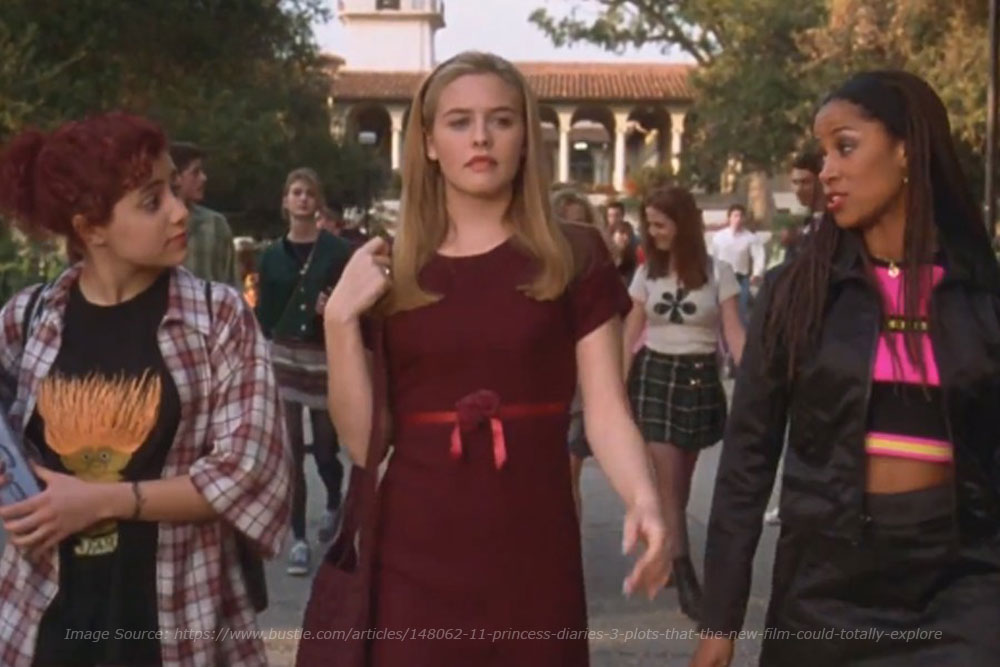
Still from Clueless
Someone in this girl’s life (most probably a friend or a colleague) convinces her that the root of all her problems is the fact that she’s in desperate need of a makeover — for the way she dresses, the kind of things she likes, or the way she carries herself.
A makeover perhaps?
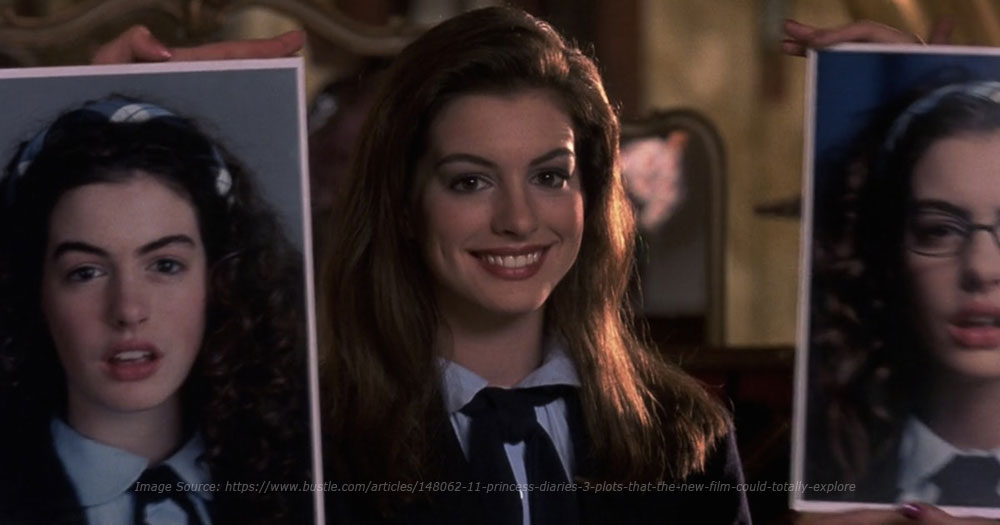
Mia Thermopolis from The Princess Diaries
That brings us to the pièce de résistance of every makeover movie — the actual makeover, which is usually portrayed through a peppy montage of the girl getting her hair done and revamping her entire wardrobe while an upbeat pop song plays in the back. These montages are iconic and unforgettable — Mia’s makeover scene is etched in my memory to this day. (Also, shoutout to the movie Warm Bodies for hilariously subverting this concept.)
And voila! She has her happily-ever-after
 Allison and Andrew in The Breakfast Club
Allison and Andrew in The Breakfast Club
TIme for the big reveal now — the girl’s a new person altogether. You can see it in the way she carries herself, and the way she’s treated by the people around her. Needless to say, armed with her new look, she now has the complete attention of her hunky crush and everything’s looking up! Just like Allison from The Breakfast Club .
Cue: Irony
Now it’s at this point of the movie, one of two things could happen. Either the story could end right there, or, we have the other thing — something that I’ve always found rather odd (and just a tad hypocritical, maybe?). After going through a complete makeover, the girl has a sudden revelation that it isn’t her salon-stylist given beauty that matters, but rather, that she’s always been valuable and worthy of love regardless of how she looks — oh the irony!
While this message should ideally come off as empowering, it’s the fact that the protagonist never goes back to her original self after this revelation that really gets to me. The Devil Wears Prada is one of many movies that follow this template.
In short — makeover movies need a makeover!
As fun as they are, makeover movies have one unforgivable flaw — they give us the idea that there’s only one right way to look and be if we have any hope of finding love in this world. They force us to suck in our tummies and burn our hair with straighteners each day — to fit into an ideal that undermines the uniqueness in all of us. And anyway, is a woman’s level of ‘attractiveness’ the only thing that defines her? No way! It’s 2018 and we just won’t have that any longer!
Women are like ice-cream (no objectification intended!) — some of us like to mix scoops of different flavours and douse them with syrup and toppings, while some of us enjoy a plain big scoop of vanilla. So whether you love going all out and staying on top of all the trends, or you prefer wearing a baggy hoodie and sweatpants — it’s all good as long as you’re doing you. And no prince charming is good enough to make you compromise on that!
Gone are the days when “faith, trust, and pixie dust” could do the trick to get you what you want. Now, you need to throw in a little mascara, stilettos and a new personality too. That’s the message every makeover movie tries to sell us. And boy do we buy it! I mean, come on! Who doesn’t want to believe the whole ‘the pudgy




